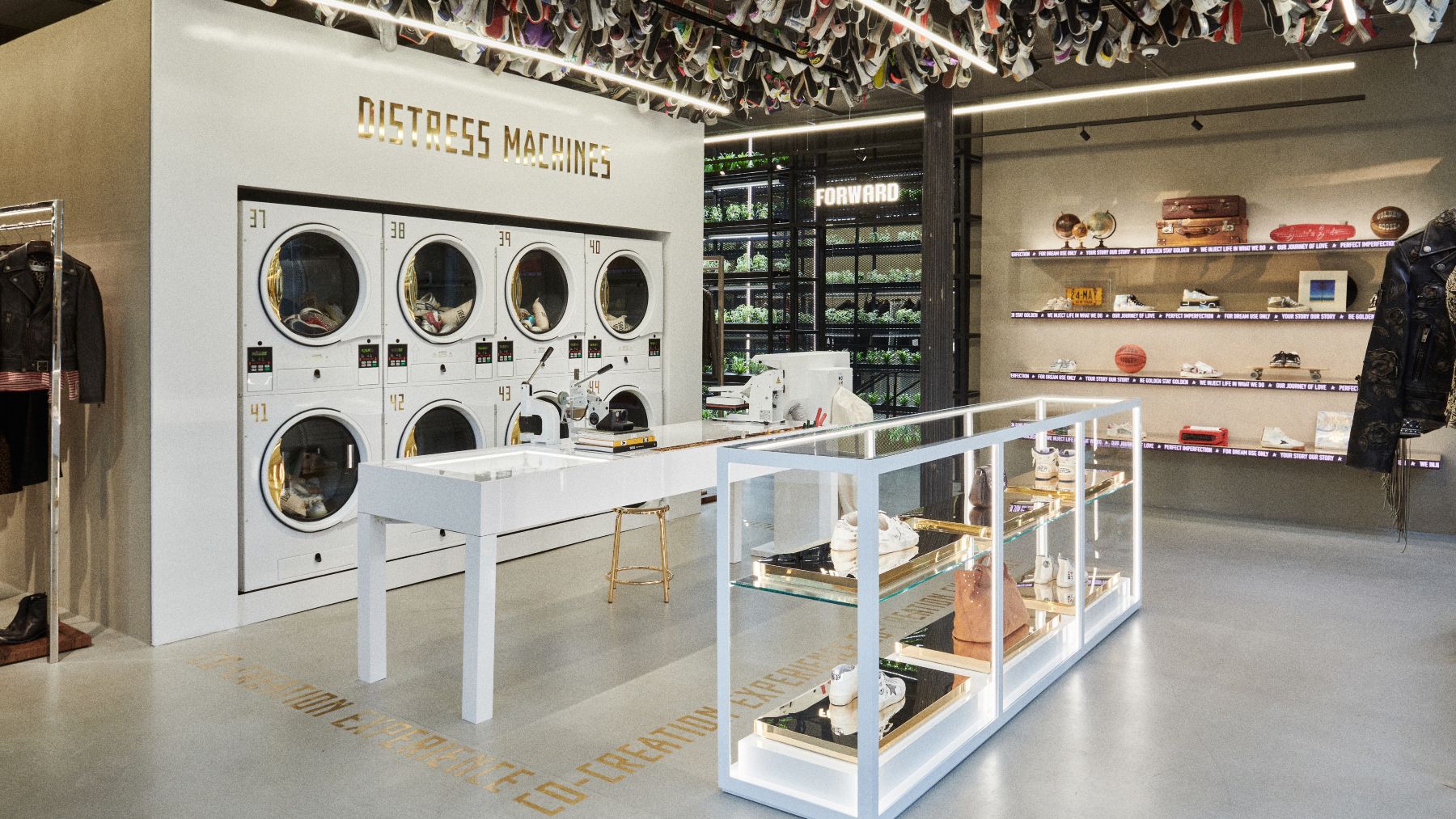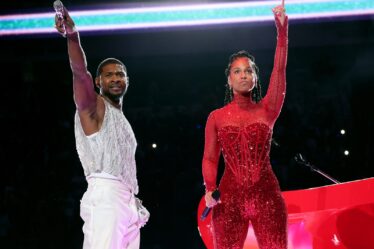
Some of the biggest brands in fashion have hit on a clever idea that might sound familiar: cut out the middleman.
Wholesale mainstays like Levi’s and Nike have been ramping up investments in their own stores and e-commerce sites for years, and luxury brands like Gucci and Prada are getting more selective about which multi-brand retailers carry their merchandise. The trend is set to accelerate: a recent Deloitte survey of consumer products executives found that 70 percent said they were investing in improving or creating their DTC channels in 2023.
For most of these companies, the goals are the same as that of direct-to-consumer start-ups such as Warby Parker and Everlane: build a deeper connection with customers and pocket more from each sale.
Luxury footwear brand Golden Goose, known for its distressed sneakers with a star logo, for one, has opened a slew of concept stores, most recently in New York City. These locations offer tailoring and other services that win customer loyalty and encourage repeat business. They also drive sales in categories, including apparel, where the brand isn’t as well known.
Fatter profits are proving more elusive for many brands. Even big, established companies still have to invest in the capabilities to support the influx of orders coming into direct selling channels. Nike’s gross margins are unchanged from 2015, shortly after the brand began its DTC pivot, according to estimates from research firm AB Bernstein.
“From a consumer perspective, [Nike’s DTC effort] has been a success,” said Aneesha Sherman, vice president of US apparel and specialty retail at AB Bernstein. “We haven’t seen it in the margins yet.”
The same could be said of brands like Allbirds and Glossier, DTC pioneers that discovered the high cost of growing sales on their own. Allbirds’ wool runners are now stocked in Nordstrom and millennial pink pioneer Glossier’s serums can be found in Sephora.
But for big, wholesale-dependent brands, profits aren’t the only goal of a DTC push. The channel can help grow underdeveloped parts of a business, find new customers and deepen ties with existing ones. Companies have to adapt the DTC model to their existing businesses and find the right mix of stores and e-commerce to achieve the profit gains they’re after.
“Traditional wholesale brands are realising that if you don’t have robust DTC operation, you are doing yourself a disservice,” said Tom Nikic, a senior equity analyst at Wedbush Securities. “Adapting your business to cater to those customers better than you could at wholesale — that direct connection with customers — that is the common thread between all of these brands.”
When to Make the Leap
In order to pivot to direct sales, it helps to have enough name recognition to keep a lid on customer acquisition costs.
Nike didn’t need to splurge on social media ads to build brand awareness when it began its DTC pivot. Direct sales — including a growing number of stores and a suite of popular apps — accounted for 42 percent of the total in fiscal 2022 that ended in May, more than double eight years earlier. The company expects DTC sales to rise to 60 percent by 2025.
Similarly, Levi Strauss & Co., which made a push into DTC in response to the pandemic, is aiming for the channel to account for 55 percent of total sales by 2027, up from 39 percent in 2020.
Smaller brands without the universal awareness of Nike and Levi’s risk losing mind share among consumers when they reduce their wholesale presence, analysts say. Spending more money to generate the awareness necessary to grow their DTC businesses, along with improving backend operations, may be too cumbersome for these companies to sustain. If they want to go DTC, they will need to build their name in wholesale first.
Online vs. Offline
Finding the right mix of online and physical retail is crucial. For brands with engaged online audiences, e-commerce will likely take precedence over stores. Companies looking to increase sales in less popular product categories, and enter new geographies, are leaning on physical stores.
At Nike, mobile apps like SNKRS, where users can access limited-edition products, have been a driving force behind its DTC business, analysts say. Nike apps saw an average of 5.3 million monthly active users last year, by far the most of any fashion brand, according to Data.ai. Last year, 24 percent of Nike’s overall sales were through its online store or apps, versus 18 percent at its physical stores, and the company wants 40 percent of DTC sales online by 2025.
Golden Goose has taken the opposite approach. In 2015, the company recorded sales of €20 million ($21 million), entirely through wholesale. It’s since opened more than 180 stores worldwide, where it could exercise full control over prices and the customer experience. Last year, the brand generated around €500 million ($534 million) in sales, with 70 percent through direct channels. E-commerce accounted for around 14 percent of that.
The company’s new concept store, “Forward,” which opened in SoHo last December, features in-house tailors and cobblers for its repair and customisation services. These stores, which are also located in Milan and Dubai, create a connection between the brand and customers; 55 percent of visitors are repeat buyers, said Silvio Campara, Golden Goose’s CEO.
“Retail is the experience … elevating the brand from being transactional to being emotional,” Campara said.
New Markets
Stores also encourage customers to try goods outside of Golden Goose’s signature wares, including apparel, which is hard to replicate at multi-brand retailers, where there is limited selection of a brand’s goods, or on the brand’s website, where customers can’t try on items.
Levi’s is also using DTC channels to grow product categories it doesn’t yet dominate. The denim giant wants women’s goods to increase to 42 percent of overall sales by the end of 2027, up from 35 percent in 2021, and tops like button ups and graphic T-shirts to climb to 25 percent of sales by 2027, up from 20 percent in 2021.
Analysts say the physical stores help convince customers that the American heritage brand is more than a go-to for men’s denim.
“They need to inspire more consumers to engage directly with the brand and look for products with greater frequency,” said Jim Duffy, managing director at investment bank Stifel. “Stores give consumers an environment in which they can see this new representation of the brand.”
Levi’s more than 1,000 owned and operated stores accounted for 31 percent of sales in the final quarter of 2022 and e-commerce made up 8 percent. Levi’s plans on expanding its store fleet, aiming to open at least 400 new stores by the end of 2027.
The denim pioneer is planning to drive more sales to its e-commerce storefront and mobile app, said Richard Hurren, Levi’s global head of DTC. Data.ai estimates that Levi’s app had 222,000 monthly active users, up 24 percent from a year earlier.
“We continue to expand in both of those areas,” Hurren said. But direct-to-consumer “will still be biassed toward physical stores,” he added.



